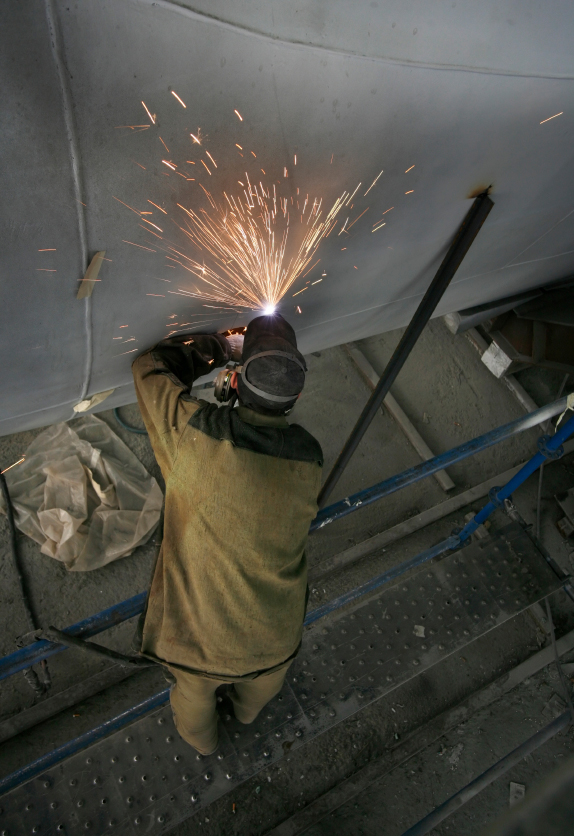Boilermakers and Mesothelioma
Asbestos Exposure Causes Mesothelioma in Boilermakers
You’re justifiably proud of your work as a boilermaker.
Unfortunately, the demands of your trade put you in frequent contact with asbestos.
As a result, mesothelioma might now be in your future. The risk of it striking you is moderate to high.
The risk exists because certain boilers and boiler parts manufactured before the 1980s commonly contained toxic asbestos. Some of those that were made back then remain installed today. Examples include:
- Furnace and boiler jackets
- Coated pipes
- Gaskets
- Adhesives
Asbestos has long been a source of worry for boilermakers and boiler mechanics. Asbestos was used in boilers and related components because the mineral was plentiful, cost little to obtain and process, and worked like a charm. Mainly it was used to make boilers and pipes stronger and to keep them from melting under extreme heat.
Asbestos also helped prevent people and property from being burned by the blazing high temperatures radiating off those boilers and pipes. As if that weren’t bad enough, asbestos was routinely added to gaskets and adhesives.
Do Not Disturb Asbestos

Cutting into a piece of material that contains asbestos is one way to disturb the mineral. Flange-breaking and removing valves, piping or vessels insulated with asbestos are other ways.
But you can also disturb asbestos just by attaching slings, chain-falls and come-alongs to pipes and beams insulated or fireproofed with asbestos.
Ask One Who Knows
Asbestos sometimes lurks in unexpected places, such as the flooring on which you stand while you work. Drop a tool on that floor and you may disturb the asbestos.
If you’re not sure that a material in your vicinity contains asbestos, safety experts recommend you ask a supervisor to examine it.
If your supervisor too is unsure of whether the material contains asbestos, arrange to promptly have it identified by a knowledgeable inspector.
If the material turns out to contain asbestos, the supervisor should have it removed by qualified asbestos specialists — individuals trained to make the work area safe for you.
All of this is important because asbestos that gets into the air is likely to stay in the air a long while. The longer it remains in the air, the greater the chances you or someone else will breathe it in.
Inhaled asbestos then becomes permanently lodged in your lungs.
Over the span of decades, the asbestos works to alter healthy cells in the protective lining around your lungs and turn them into cancerous mesothelioma.
Union Alarmed Over Asbestos
Many boilermakers and boiler mechanics belong to the International Brotherhood of Boilermakers, Iron Ship Builders, Blacksmiths, Forgers & Helpers.
Started back in the 1880s, the IBB today boasts a membership of 70,000 active and retired tradesmen in the U.S. and Canada. The union’s members come from heavy industry, shipbuilding, manufacturing, railroad, cement and mining.
The IBB has made asbestos education a matter of considerable importance. Its asbestos safety instruction is credited with helping many boilermakers minimize their risk for mesothelioma.
Boilermakers who develop mesothelioma are usually stunned by how fast it grows and spreads. They say that people who get it needs to fight it as hard as possible to extend their lives.
That means losing no time contacting a physician or medical center specialized in diagnosing and treating mesothelioma. Consult our mesothelioma doctor and clinic directories as your starting point.
